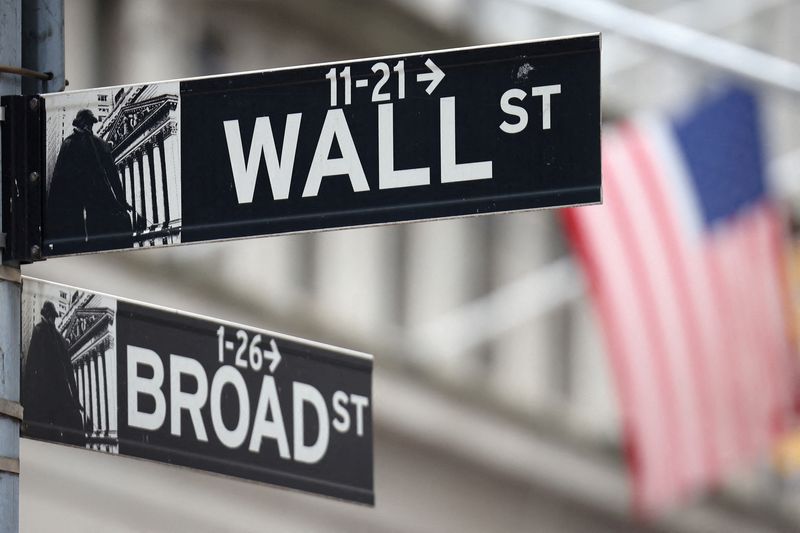
LONDON (Reuters) — A sharp selloff in some of the world’s biggest government bond markets and a surge in the dollar are sending shockwaves through financial markets, with the pain seen deepening as uncertainty grows over Donald Trump’s policies.
On Wednesday, 10-year Treasury yields (^TNX), which underpin trillions of dollars in daily global transactions, jumped to above 4.7%. That was their highest level since April, and came as UK peers hit their highest since 2008.
This unleashed a fresh wave of selling in currencies such as the UK pound (GBPUSD=X), which slid over 1%, and the euro (EURUSD=X) headed closer towards the $1 mark.
Central banks all but declared victory over inflation in 2024, but a number of metrics show price pressures are rising again.
Trump’s plans for higher trade tariffs, tax cuts and deregulation threaten to push up inflation and strain government finances, thereby also limiting the Federal Reserve’s scope to cut interest rates.
“The start of 2025 was never going to be straightforward, considering the torrent of bond supply and policy announcements from the incoming U.S. administration,” Societe Generale strategist Kenneth Broux said.
“Conditions are building for a tantrum in bonds and an overshoot in yields. We’re looking at 5% in 10s,” he added, referring to 10-year yields.
The S&P 500 (^GSPC), which rallied post Trump’s win, has started to falter.
Other governments are busy repairing their own finances and shoring up their economies, while ramping up bond sales.
Long-dated yields, which tend to be less susceptible to short-term swings in expectations for monetary policy, have hit multi-year highs globally, partly because of the tidal wave of new bonds this year.
Thirty-year Treasury bond yields (^TYX) have risen 60 basis points in a month — the largest such increase since October 2023. They are now perilously close to 5%, a level rarely seen in the past two decades.
This has pushed the premium of 30-year yields to two-year yields to its highest in nearly three years – a dynamic known as “curve steepening”.
“There’s a big pipeline of bonds that needs to be sold, so that gives you steeper curve as well as a higher term premium in longer bonds. I think that’s one of the main drivers,” said Danske Bank chief analyst Jens Peter Soerensen.
UK 30-year gilt yields have hit their highest since 1998 to around 5.4%, adding to worries about the impact of higher borrowing costs on the British government’s already shaky finances.
(Additional reporting by Harry Robertson; Editing by Dhara Ranasinghe and Elisa Martinuzzi)
EMEA Tribune is not involved in this news article, it is taken from our partners and or from the News Agencies. Copyright and Credit go to the News Agencies, email news@emeatribune.com Follow our WhatsApp verified Channel



